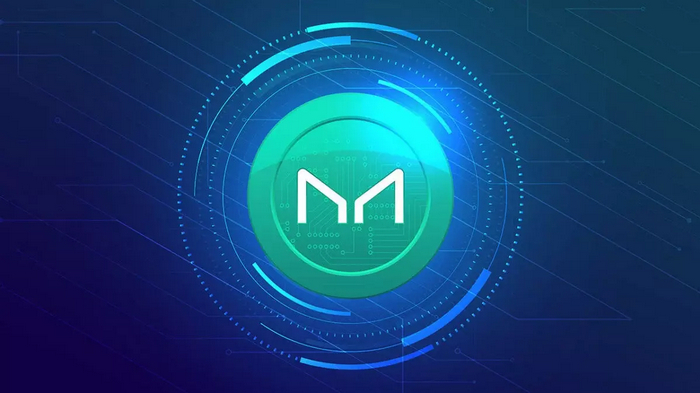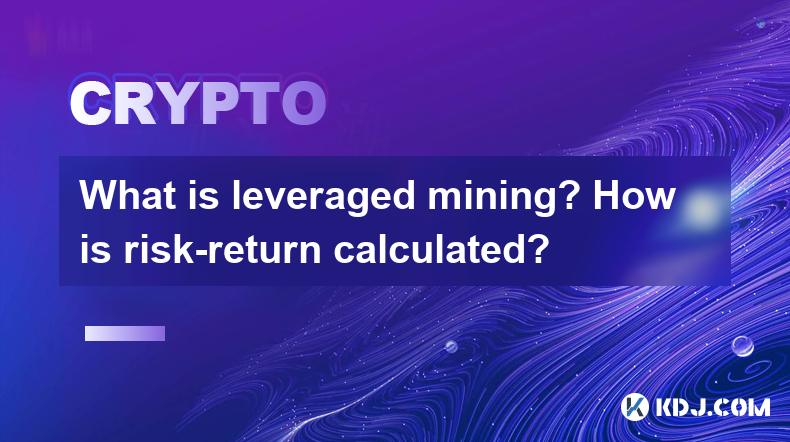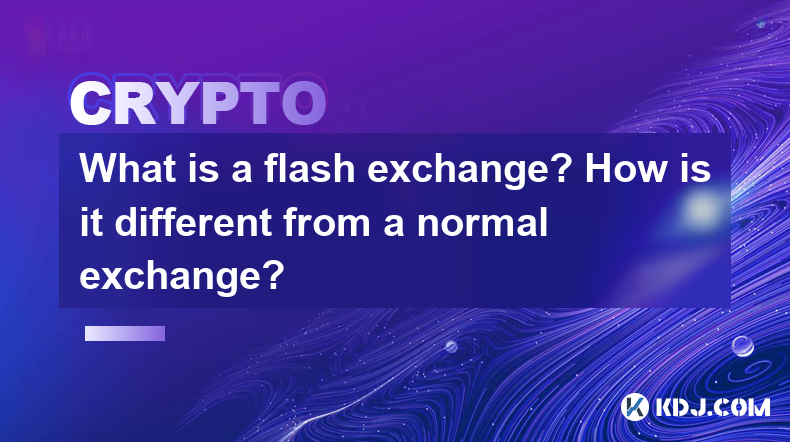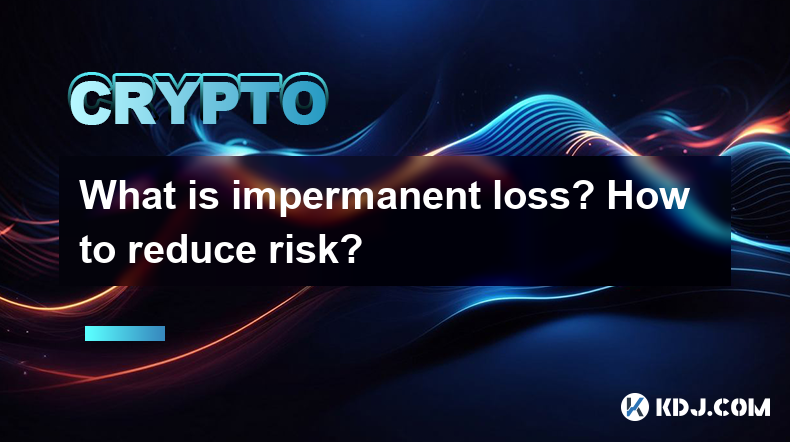-
 Bitcoin
Bitcoin $88,555.6766
1.18% -
 Ethereum
Ethereum $1,626.4043
-1.22% -
 Tether USDt
Tether USDt $0.9998
-0.01% -
 XRP
XRP $2.1018
-1.27% -
 BNB
BNB $605.8750
0.04% -
 Solana
Solana $140.3422
0.04% -
 USDC
USDC $0.9999
0.00% -
 Dogecoin
Dogecoin $0.1643
1.27% -
 TRON
TRON $0.2481
1.05% -
 Cardano
Cardano $0.6359
-1.63% -
 Chainlink
Chainlink $13.3216
-2.53% -
 UNUS SED LEO
UNUS SED LEO $9.1797
-2.79% -
 Avalanche
Avalanche $20.3681
-2.52% -
 Stellar
Stellar $0.2473
-4.43% -
 Sui
Sui $2.3043
2.50% -
 Shiba Inu
Shiba Inu $0.0...01257
-1.15% -
 Toncoin
Toncoin $2.9429
-3.48% -
 Hedera
Hedera $0.1738
0.16% -
 Bitcoin Cash
Bitcoin Cash $347.0587
1.49% -
 Hyperliquid
Hyperliquid $18.2576
-0.35% -
 Litecoin
Litecoin $79.8456
-0.89% -
 Polkadot
Polkadot $3.7809
-4.73% -
 Dai
Dai $0.9999
-0.01% -
 Bitget Token
Bitget Token $4.4439
-0.50% -
 Ethena USDe
Ethena USDe $0.9991
-0.01% -
 Pi
Pi $0.6313
-0.96% -
 Monero
Monero $216.2035
0.57% -
 Pepe
Pepe $0.0...08138
3.46% -
 Uniswap
Uniswap $5.3889
-1.68% -
 OKB
OKB $50.9281
-0.23%
What is MKR currency? What does MKR coin mean?
The MKR currency serves as the foundation for the DAI stablecoin, maintaining its stability through a "Stability Fee Burning" mechanism that reduces MKR supply and increases its value.
Oct 06, 2024 at 08:35 pm

What is MKR Currency?
The Maker (MKR) currency is a decentralized cryptocurrency and the governance token of the MakerDAO protocol. It serves as the foundation for the DAI stablecoin, which aims to maintain a stable value pegged to the US dollar.
Key Features of MKR:
- Governance: MKR holders have voting rights on key decisions that affect the MakerDAO ecosystem, including stability fees, collateral types, and protocol upgrades.
- Stability Mechanism: MKR helps maintain the stability of DAI through its "Stability Fee Burning" mechanism. When DAI's price deviates from its peg, a fee is charged on the creation or redemption ofDAI. This fee is burned, reducing the supply of MKR and increasing its value.
- Collateralization: MKR can be used as collateral to borrow against on the MakerDAO platform. This allows users to access liquidity without selling their assets.
How does MKR Work?
- Stability Fee: If DAI's price drops below its peg, a stability fee is imposed on DAI borrowers. This fee encourages users to repay their loans and restore the stablecoin's value. The fees collected are burned, increasing MKR's value.
- Surplus Buffer: If DAI's price exceeds its peg, a surplus buffer is accumulated. This buffer can be used to reduce stability fees or distribute rewards to MKR holders.
- Collateral Value: MKR is used as collateral along with other digital assets, such as Ether (ETH), on the MakerDAO platform. This collateral secures the loans that are issued in DAI.
Benefits of Holding MKR:
- Governance Power: MKR holders have voting rights, allowing them to influence the direction of the MakerDAO protocol.
- Stability Bonus: MKR rewards holders with a stability bonus if DAI's peg is maintained with minimum governance intervention.
- Scarcity: The supply of MKR is limited, with a maximum issuance of 1,000,000 tokens. This scarcity can contribute to its value appreciation over time.
In summary, MKR is a critical token within the MakerDAO ecosystem, playing a vital role in maintaining DAI's stability and providing governance rights to its holders. Its unique mechanism makes it an attractive cryptocurrency and asset for those seeking stability and decentralized finance solutions.
Disclaimer:info@kdj.com
The information provided is not trading advice. kdj.com does not assume any responsibility for any investments made based on the information provided in this article. Cryptocurrencies are highly volatile and it is highly recommended that you invest with caution after thorough research!
If you believe that the content used on this website infringes your copyright, please contact us immediately (info@kdj.com) and we will delete it promptly.
- Bitget Exploited: Market-Maker Bot Glitch Triggers $100M Trading Frenzy, Turning $VOXEL into a Crypto Storm
- 2025-04-22 16:40:12
- MANTRA CEO John Patrick Mullin announces plans to burn 300 million OM tokens to stabilize market price after recent massive price crash.
- 2025-04-22 16:40:12
- What is Hyperlane? It is a framework for enabling interoperability among different blockchain networks
- 2025-04-22 16:35:12
- Mantra Burns 16.5% of Its Total Supply to Boost Staking Rewards
- 2025-04-22 16:35:12
- Why Is Polygon (POL) Price Up?
- 2025-04-22 16:30:13
- Can Cardano's Triangle Breakout Drive ADA Price Higher?
- 2025-04-22 16:30:13
Related knowledge

What is impermanent loss insurance? What are the solutions?
Apr 12,2025 at 01:14am
What is Impermanent Loss Insurance? What are the Solutions? Impermanent loss is a significant concern for liquidity providers in decentralized finance (DeFi) platforms. It occurs when the price of tokens in a liquidity pool changes compared to when they were deposited, leading to a potential loss if the provider decides to withdraw their liquidity. To m...

What are algorithmic stablecoins? How do they maintain anchoring?
Apr 12,2025 at 11:35am
Algorithmic stablecoins represent a fascinating and innovative segment within the cryptocurrency ecosystem. These digital assets are designed to maintain a stable value, typically pegged to a fiat currency like the US dollar, through the use of algorithms rather than traditional collateral. This approach distinguishes them from other types of stablecoin...

What is leveraged mining? How is risk-return calculated?
Apr 11,2025 at 04:07pm
What is Leveraged Mining? How is Risk-Return Calculated? Leveraged mining is a strategy used in the cryptocurrency space where miners borrow funds to increase their mining capacity and potential returns. This approach can amplify both profits and losses, making it a high-risk, high-reward endeavor. Understanding how to calculate the risk and return asso...

What is an aggregator? How does 1inch optimize transaction paths?
Apr 12,2025 at 05:00pm
An aggregator in the cryptocurrency space is a tool that compiles and compares data from multiple decentralized exchanges (DEXs) to find the best possible trading routes and prices for users. Aggregators are essential for traders looking to optimize their transactions, as they can automatically search through various liquidity sources to ensure the most...

What is a flash exchange? How is it different from a normal exchange?
Apr 16,2025 at 03:43pm
A flash exchange, also known as a flash swap, is a relatively new concept within the cryptocurrency space that has gained significant attention due to its innovative approach to trading. Unlike traditional exchanges, flash exchanges leverage the power of decentralized finance (DeFi) protocols to enable instant, collateral-free trades. In this article, w...

What is impermanent loss? How to reduce risk?
Apr 16,2025 at 11:14pm
What is Impermanent Loss? How to Reduce Risk? Impermanent loss is a term that frequently surfaces in the world of decentralized finance (DeFi), particularly when discussing liquidity provision on automated market makers (AMMs) like Uniswap or SushiSwap. Understanding this concept is crucial for anyone looking to engage in liquidity provision, as it dire...

What is impermanent loss insurance? What are the solutions?
Apr 12,2025 at 01:14am
What is Impermanent Loss Insurance? What are the Solutions? Impermanent loss is a significant concern for liquidity providers in decentralized finance (DeFi) platforms. It occurs when the price of tokens in a liquidity pool changes compared to when they were deposited, leading to a potential loss if the provider decides to withdraw their liquidity. To m...

What are algorithmic stablecoins? How do they maintain anchoring?
Apr 12,2025 at 11:35am
Algorithmic stablecoins represent a fascinating and innovative segment within the cryptocurrency ecosystem. These digital assets are designed to maintain a stable value, typically pegged to a fiat currency like the US dollar, through the use of algorithms rather than traditional collateral. This approach distinguishes them from other types of stablecoin...

What is leveraged mining? How is risk-return calculated?
Apr 11,2025 at 04:07pm
What is Leveraged Mining? How is Risk-Return Calculated? Leveraged mining is a strategy used in the cryptocurrency space where miners borrow funds to increase their mining capacity and potential returns. This approach can amplify both profits and losses, making it a high-risk, high-reward endeavor. Understanding how to calculate the risk and return asso...

What is an aggregator? How does 1inch optimize transaction paths?
Apr 12,2025 at 05:00pm
An aggregator in the cryptocurrency space is a tool that compiles and compares data from multiple decentralized exchanges (DEXs) to find the best possible trading routes and prices for users. Aggregators are essential for traders looking to optimize their transactions, as they can automatically search through various liquidity sources to ensure the most...

What is a flash exchange? How is it different from a normal exchange?
Apr 16,2025 at 03:43pm
A flash exchange, also known as a flash swap, is a relatively new concept within the cryptocurrency space that has gained significant attention due to its innovative approach to trading. Unlike traditional exchanges, flash exchanges leverage the power of decentralized finance (DeFi) protocols to enable instant, collateral-free trades. In this article, w...

What is impermanent loss? How to reduce risk?
Apr 16,2025 at 11:14pm
What is Impermanent Loss? How to Reduce Risk? Impermanent loss is a term that frequently surfaces in the world of decentralized finance (DeFi), particularly when discussing liquidity provision on automated market makers (AMMs) like Uniswap or SushiSwap. Understanding this concept is crucial for anyone looking to engage in liquidity provision, as it dire...
See all articles























































































